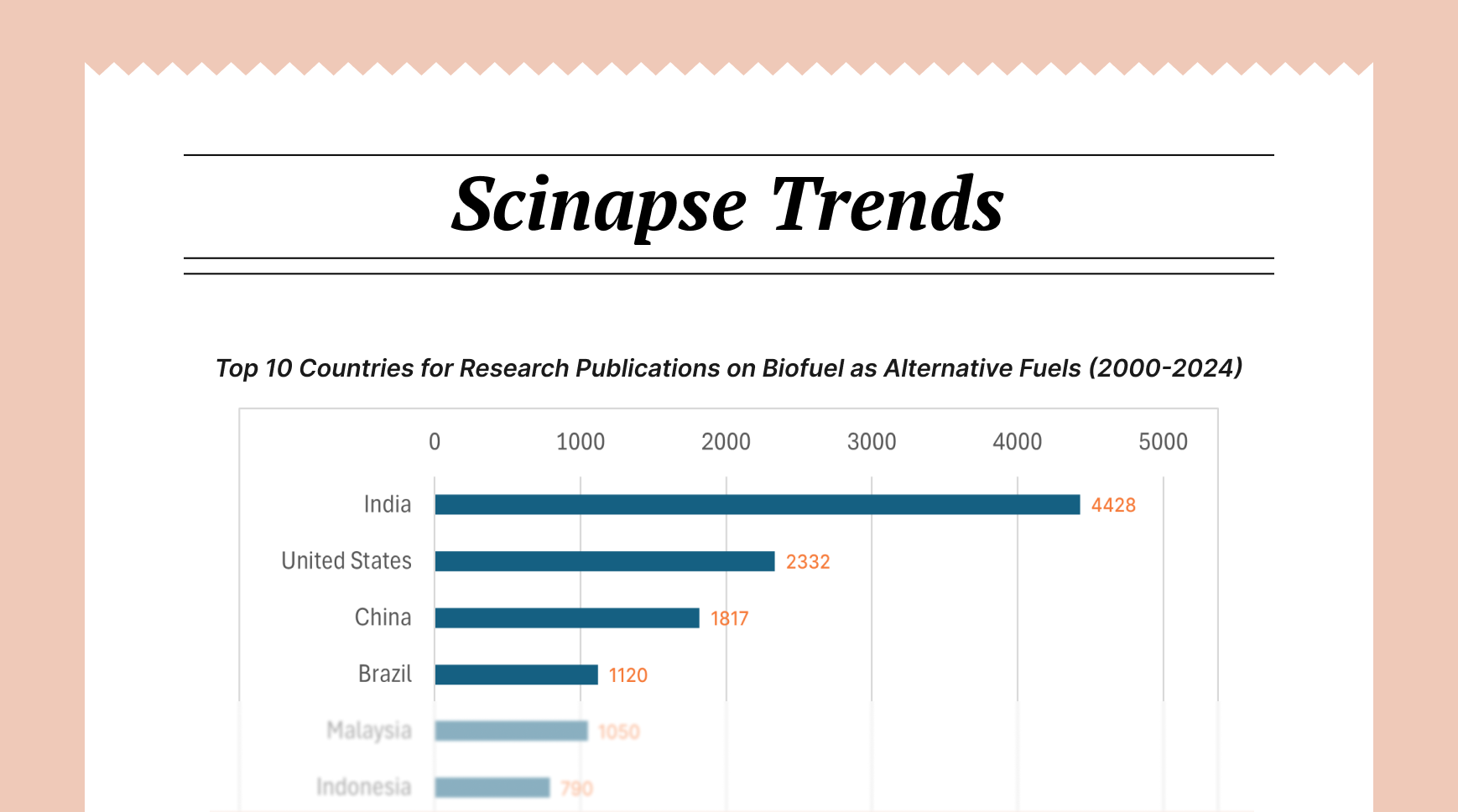Best Practices for Writing a Narrative Literature Review

A narrative literature review plays a crucial role in academic scholarship by synthesizing existing knowledge and identifying patterns, gaps, and contradictions in a field of study. Unlike systematic reviews that follow strict methodological protocols, narrative literature reviews offer researchers greater flexibility to explore theoretical concepts, historical developments, and emerging trends. This freedom, however, doesn't diminish the need for methodological rigor. This article presents best practices for writing a compelling narrative literature review that meets scholarly standards while providing valuable insights for both experts and newcomers to the field.

Understanding Narrative Literature Reviews
A narrative literature review, sometimes called a traditional or critical literature review, presents a comprehensive synthesis of previously published information. Unlike systematic reviews or meta-analyses that answer specific research questions through explicit methods, narrative reviews typically address broader questions and concepts. They excel at:
- Providing historical and theoretical context for complex topics
- Identifying conceptual frameworks and their evolution
- Tracing the development of scholarly debates
- Highlighting contradictions or inconsistencies in the literature
- Suggesting directions for future research
The flexibility of narrative literature reviews makes them particularly valuable for interdisciplinary topics, emerging fields, and theoretical explorations where rigid methodological frameworks might be limiting.
Planning Your Narrative Literature Review
1– Define Clear Objectives
Begin by establishing precise objectives for your literature review. Ask yourself:
- What specific questions will your review address?
- What theoretical frameworks will guide your analysis?
- What time period will you cover?
- What disciplines or sub-disciplines will you include?
- Who is your intended audience?
Clear objectives prevent scope creep and ensure your literature review remains focused and purposeful. They also help you articulate the significance of your review to readers and establish criteria for source selection.
2– Develop a Conceptual Framework
A strong narrative literature review is organized around concepts rather than simply chronicling individual studies. Develop a conceptual framework that:
- Identifies key themes, theories, or debates in your field
- Establishes relationships between major concepts
- Provides a structure for organizing your analysis
- Guides your selection and evaluation of sources
Your conceptual framework will evolve as you engage more deeply with the literature, but starting with a preliminary structure helps focus your reading and note-taking.
Source Selection and Evaluation
1– Comprehensive Search Strategies
The credibility of your literature review depends partly on thorough coverage of relevant sources. Implement a multi-faceted search strategy:
- Search academic databases specific to your field
- Use citation tracking to identify influential works
- Review major journals in your field systematically
- Consult with subject librarians and field experts
- Search for grey literature (dissertations, conference proceedings, reports)
- Use academic search engines like Google Scholar and Scinapse
2– Critical Evaluation of Sources
Not all published literature deserves equal attention in your review. Evaluate sources based on:
- Relevance: Direct connection to your review objectives
- Scholarly rigor: Methodological quality and theoretical soundness
- Influence: Citation count and impact on the field
- Recency: Current relevance (while recognizing the value of seminal older works)
- Representativeness: Coverage of diverse perspectives
As you evaluate sources, look for patterns of consensus, contradiction, and evolution in thinking. These patterns will become the foundation for your analytical framework.
Organizing and Structuring Your Review
1– Conceptual Rather Than Chronological Organization
While chronological organization can be useful for tracing historical developments, narrative literature reviews typically benefit from conceptual organization. Consider these approaches:
- Thematic: Group sources by major themes or concepts
- Theoretical: Organize around competing theoretical frameworks
- Methodological: Compare and contrast different research approaches
- Problem-centered: Focus on different aspects of a central problem
- Dialectical: Present opposing viewpoints and their synthesis
A well-structured narrative literature review often combines multiple organizational approaches, with primary sections organized thematically and subsections employing chronological or methodological frameworks as appropriate.
2– Developing a Cohesive Structure
Create a detailed outline before writing, ensuring logical flow between sections:
- Introduction: State your review's purpose, scope, and significance
- Methodology: Explain your search strategy and selection criteria
- Main body: Present your analysis organized by themes or concepts
- Discussion: Synthesize findings and highlight implications
- Conclusion: Summarize key insights and suggest future directions
Within each section, establish clear transitions that guide readers through your analytical narrative. Signal shifts in topics, approaches, or perspectives with explicit transitional language.
Writing Techniques for Narrative Synthesis
1– Move Beyond Summary to Analysis
The distinction between a strong narrative literature review and a weak one often lies in the depth of analysis. Rather than simply summarizing individual studies, strive to:
- Identify patterns across multiple sources
- Highlight contradictions and inconsistencies
- Examine methodological strengths and limitations
- Trace the evolution of concepts over time
- Connect findings to broader theoretical frameworks
Use comparative language to emphasize relationships between studies: "In contrast to Smith's findings, Johnson demonstrates..." or "Building on earlier work by Garcia, recent studies have refined this concept to include..."
2– Develop a Critical Voice
A narrative literature review should present a balanced yet critical assessment of the field. Develop your scholarly voice by:
- Questioning unstated assumptions in the literature
- Identifying methodological limitations without being dismissive
- Acknowledging multiple perspectives on contested issues
- Supporting critical assessments with specific evidence
- Distinguishing between established knowledge and speculative claims
Your critical voice should be measured and evidence-based, focusing on advancing understanding rather than simply criticizing others' work.
Balance Breadth and Depth
Narrative literature reviews face the perpetual challenge of balancing comprehensive coverage with meaningful depth. Address this challenge by:
- Providing a detailed analysis of seminal or representative works
- Grouping similar studies with summaries
- Using tables or figures to present comparative information efficiently
- Focusing detailed analysis on studies most relevant to your objectives
- Acknowledging limitations in your coverage when appropriate
Ensuring Scholarly Rigor in Literature Review
1- Transparent Methodology
While narrative literature reviews don't follow the strict methodological protocols of systematic reviews, they should still demonstrate methodological transparency. Clearly describe:
- Your search strategy and terms
- Inclusion and exclusion criteria
- Databases and sources consulted
- Time period covered
- Number of sources reviewed and included
This transparency enhances your review's credibility and allows readers to assess the comprehensiveness of your coverage.
2- Addressing Potential Biases
Acknowledge potential biases in your review process:
- Selection bias in choosing sources
- Language bias is limited to certain languages
- Publication bias favoring published over unpublished work
- Confirmation bias in interpreting findings
By acknowledging these limitations, you demonstrate scholarly integrity and contextualize your conclusions appropriately.
Conclusion
A narrative literature review should do more than summarize existing knowledge—it should make a distinct contribution to the field. Ensure your review adds value by:
- Offering new conceptual frameworks for understanding the literature
- Identifying significant gaps in current knowledge
- Challenging prevailing assumptions with evidence-based critique
- Suggesting productive directions for future research
- Synthesizing previously disconnected bodies of literature
In your conclusion, explicitly state the contribution your review makes and its implications for theory, research, and practice.
By following these best practices, you can create a narrative literature review that not only demonstrates scholarly rigor but also provides genuine insights that advance understanding in your field. A well-crafted narrative literature review does more than compile information—it tells the story of how knowledge has evolved and points the way toward future discovery.
Author: Uttkarsha B
- AI-Ethicist and STM Research & Publishing Expert
Never re-search again.
Scinapse is made by researchers for researchers.
Join the next generation of research at ⏯️ https://scinapse.io/
Pluto Labs
Pluto Labs helps researchers focus on their research by improving several inefficiencies in the academic research process. We offer data-driven insights from academic papers, allowing users to easily obtain review-level results for their desired range of papers.
https://pluto.im/





Comments ()